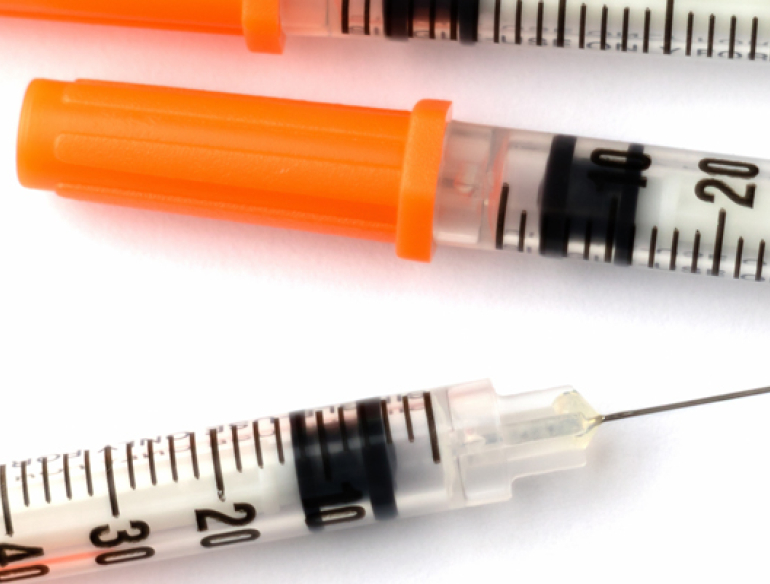- There were 417 NSP clients that participated in the NSP survey at the seven sentinel NSP sites and 198 that participated at the ten non-sentinel NSP sites. The response rate at the sentinel sites was 34% and 46% at non-sentinel NSP sites. The overall response rate (all sitescombined) was 36%.
- Participants at both sentinel and non-sentinel sites reported similar rates of use of a new (sterile) needle and syringe for every injection (75% and 76% respectively), with 15% of participants at both sites reporting receptive sharing (re-use of someone else’s used needle/syringe).
- Median age of sentinel site participants was 35 years and 37 years at non-sentinel sites. Age ranges were similar at both sentinel and non-sentinel sites (17-60 and 17-63 respectively).
- HIV antibody was low at 2.4% among participants at sentinel sites and 1.1% at non-sentinel sites.
- HCV antibody prevalence was high at both sentinel and non-sentinel sites (60% and 51% respectively).
The Australian Needle and Syringe Program (NSP) survey is a cross sectional survey conducted annually at sentinel NSP sites across Australia. The survey forms the basis of human immunodeficiency virus (HIV) and hepatitis C surveillance among injecting drug users (IDUs). Each year, all clients attending selected NSPs during the designated survey week are asked to complete a brief, anonymous questionnaire and to provide a capillary blood sample for HIV and hepatitis C virus (HCV) antibody testing.
In Queensland, seven NSP sites participate in the Australian NSP survey on an annual basis. These seven NSP sites were selected as Queensland’s “sentinel sites”. The sentinel sites are designed to act as an early warning mechanism, so that, in the event of an outbreak of HIV among the Queensland injecting drug user population, this would be identified early. Other criteria used to select Queensland’s sentinel sites were the volume of needles/syringes
distributed and their willingness to participate in the survey.
